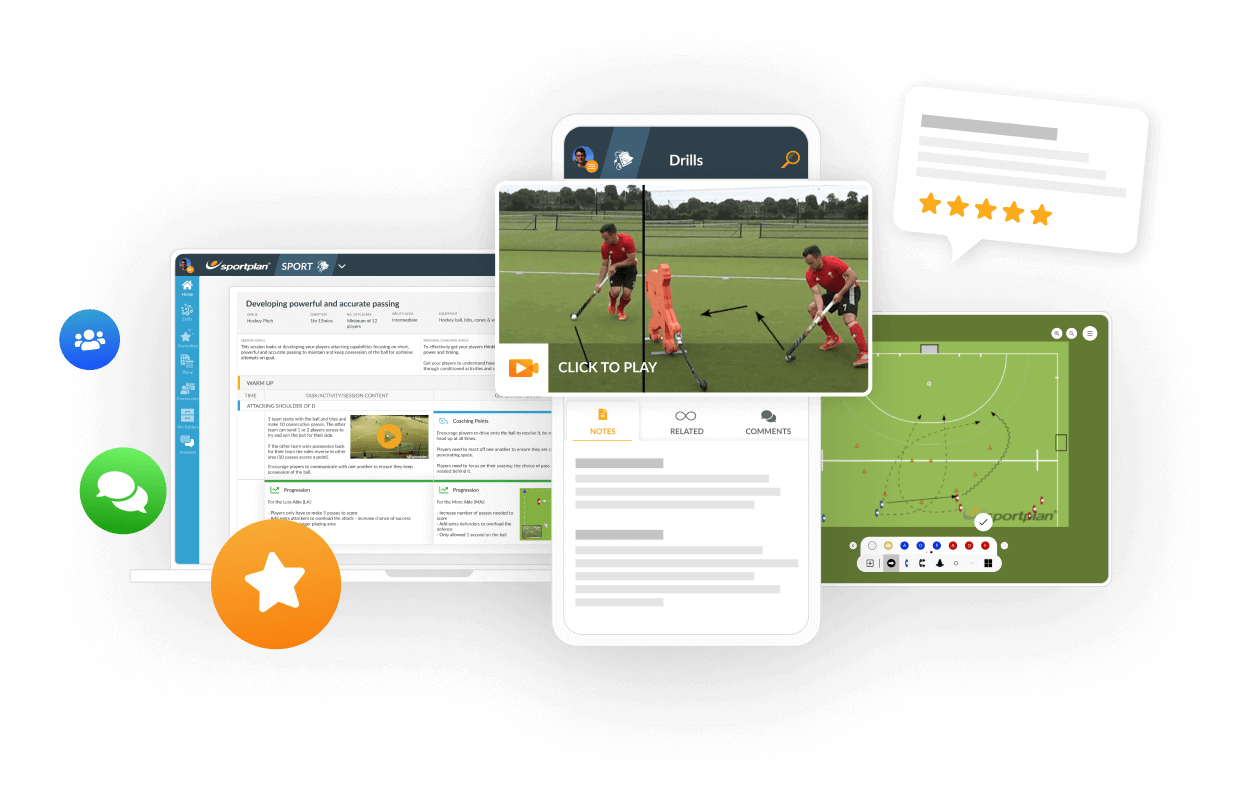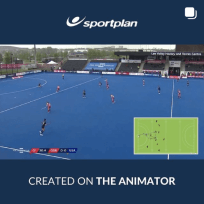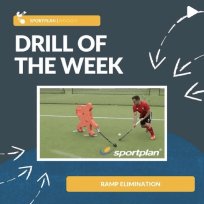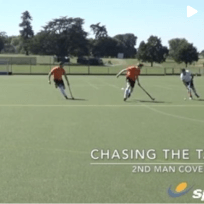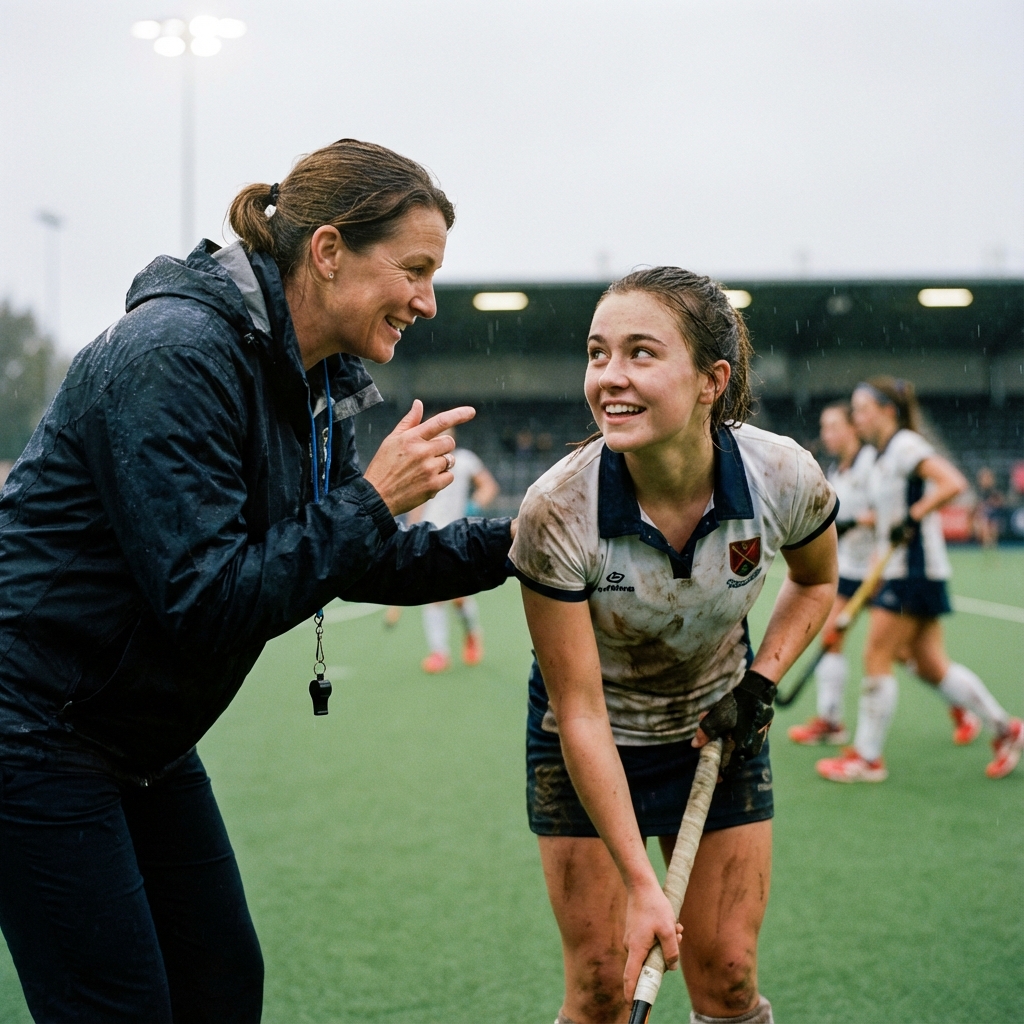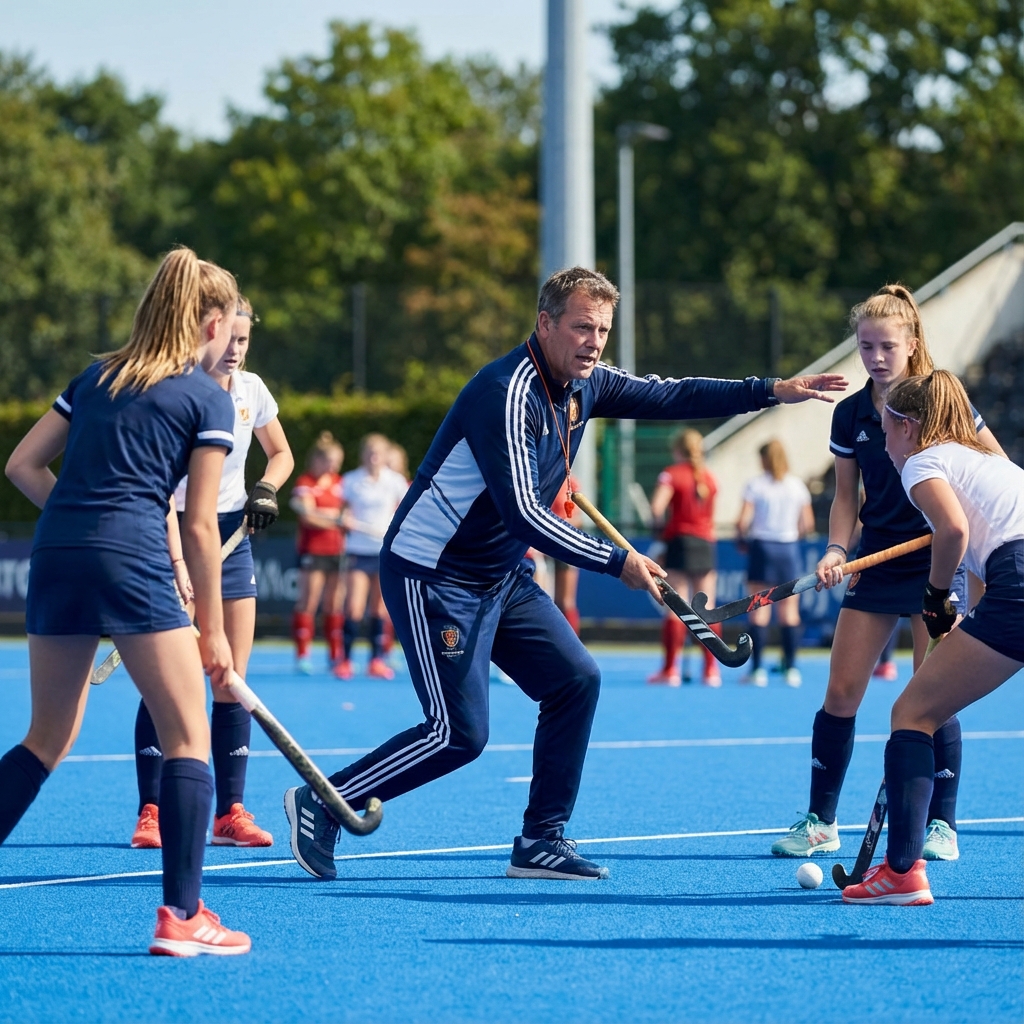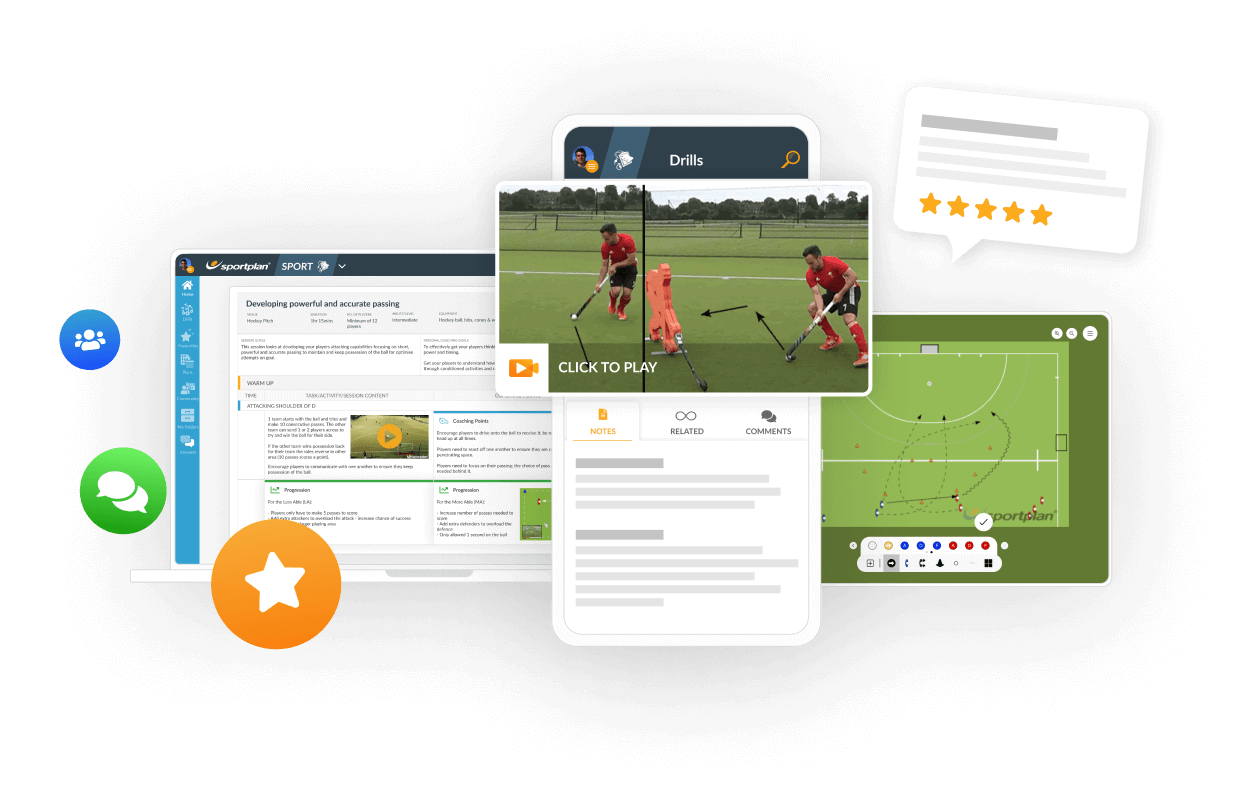Hi there,
To effectively defend against the counter in the "Leading, receiving and ball carrying" drill, focus on the following key points:
- Positioning and Awareness: Ensure defenders are always aware of their positioning relative to the ball and the attacking players. They should maintain a side-on position to keep both the ball and the attacker in view.
- Anticipation and Timing: Defenders should anticipate the attackers' movements and time their tackles or interceptions effectively. This means reading the play and reacting quickly to any changes.
- Communication: Constant communication between defenders is crucial. They should alert each other about potential threats and coordinate their movements to cover spaces and mark attackers effectively.
- Footwork and Agility: Defenders should have quick footwork and agility to keep up with the attackers. They should stay low and balanced, ready to change direction swiftly.
- Pressure and Containment: Apply pressure on the ball carrier without overcommitting. The goal is to contain the attacker and force them into making mistakes or passing the ball under pressure.
For more detailed coaching points and the structure of the drill, you can refer to the drill in the drill library 1 here.
I hope this helps,
Cam







